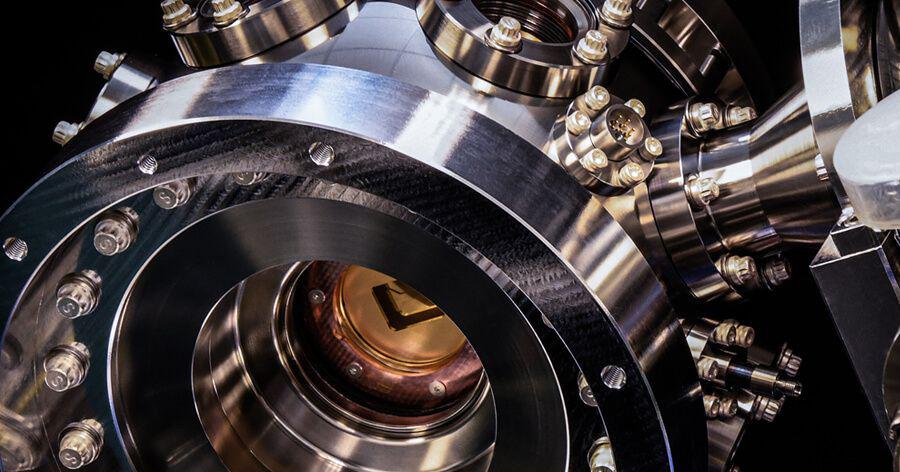Aug 12, 2020
SpaceX will build an enclosed Rocket Mobile Service Tower for U.S. National Security Missions
Posted by Kelvin Dafiaghor in categories: military, space travel
Featured Image Source: SpaceX
The Department of the U.S. Air Force awarded SpaceX a National Security Space Launch Phase 2 Launch Service contract valued at $316 million. The military launches will be conducted by SpaceX’s Falcon 9 and Falcon Heavy rockets, between 2022 and 2027. One of the requirements for the Phase 2 contract is that SpaceX must have the capability to do a vertical payload integration at their launch site. SpaceX President, Gwynne Shotwell, told reporters–
“The only modifications we need are an extended fairing on the Falcon Heavy, and we are going to have to build a vertical integration capability. But we are basically flying the rockets that they need.”


















